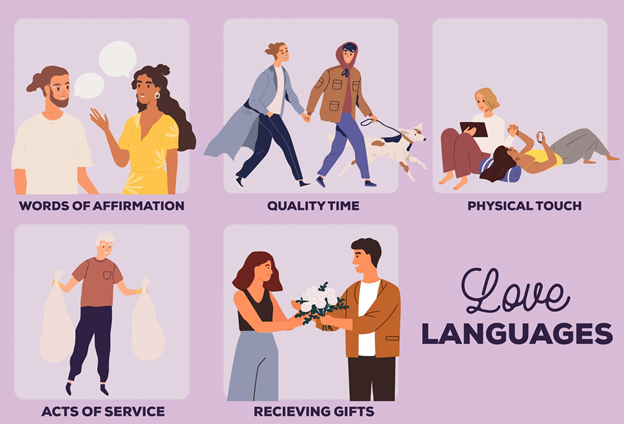By Tanya Maswaure
Recently I have found that every time I switch on my phone and look through websites about love and relationships, ‘love language’ has become a popular topic. What exactly is a love language?
According to Gary Chapman, there are five different love languages, which are the different ways couples express and experience love. In his book, Chapman outlines these as the five “love languages”:
- Words of affirmation (compliments)
- Quality time
- receiving gifts
- acts of service
- Physical touch
Although most social media influencers and ‘love gurus’ on the internet are not religious followers of Gary Chapman, the topic of love languages is increasingly growing in popularity on different social media platforms. Chapman’s advice and comments come from his studies and observations as a counsellor and therapy practices. Chapman’s theory is that each person has one primary and one secondary love language. Chapman suggests that to discover another person’s love language, one must observe how they express love to others and analyze what they complain about most often and what they request from their significant other. He theorises that people tend to naturally give love in the way that they prefer to receive love, and better communication between couples can be accomplished when one can demonstrate caring to the other person in the love language the recipient understands.
Chapman and the ‘love gurus’ outline one key thing: that the love language between you and your partner must be compatible. If you are not compatible, at least the other has to be willing to satisfy their partner’s love language. If your love language is physical touch and your partner is very strict about personal space and being left alone, this may create an imbalance in the relationship. This is not always a train smash as you and your partner can make compromises, and a solution will be presented.
Chapman analyzed the results of 10,000 people who took his online quiz in 2010 and found words of affirmation were the most popular language but by a thin margin. In 2018, dating app Hinge analyzed their app and found the most common love language was quality time, by far. Sometimes the line is not always so clear as we can relate to all the love languages. What is most important is finding your most prominent and influential love language. Communicating this with your partner is absolutely crucial.
Although some new ‘love languages’ is coming up, these are the primary five we know. But suppose you are interested in finding out more. In that case, you can try an online test or even visit a counselor with your partner, it does not only have to be in bad times you seek advice but also in good times to consolidate your relationship further.





Comments are closed.